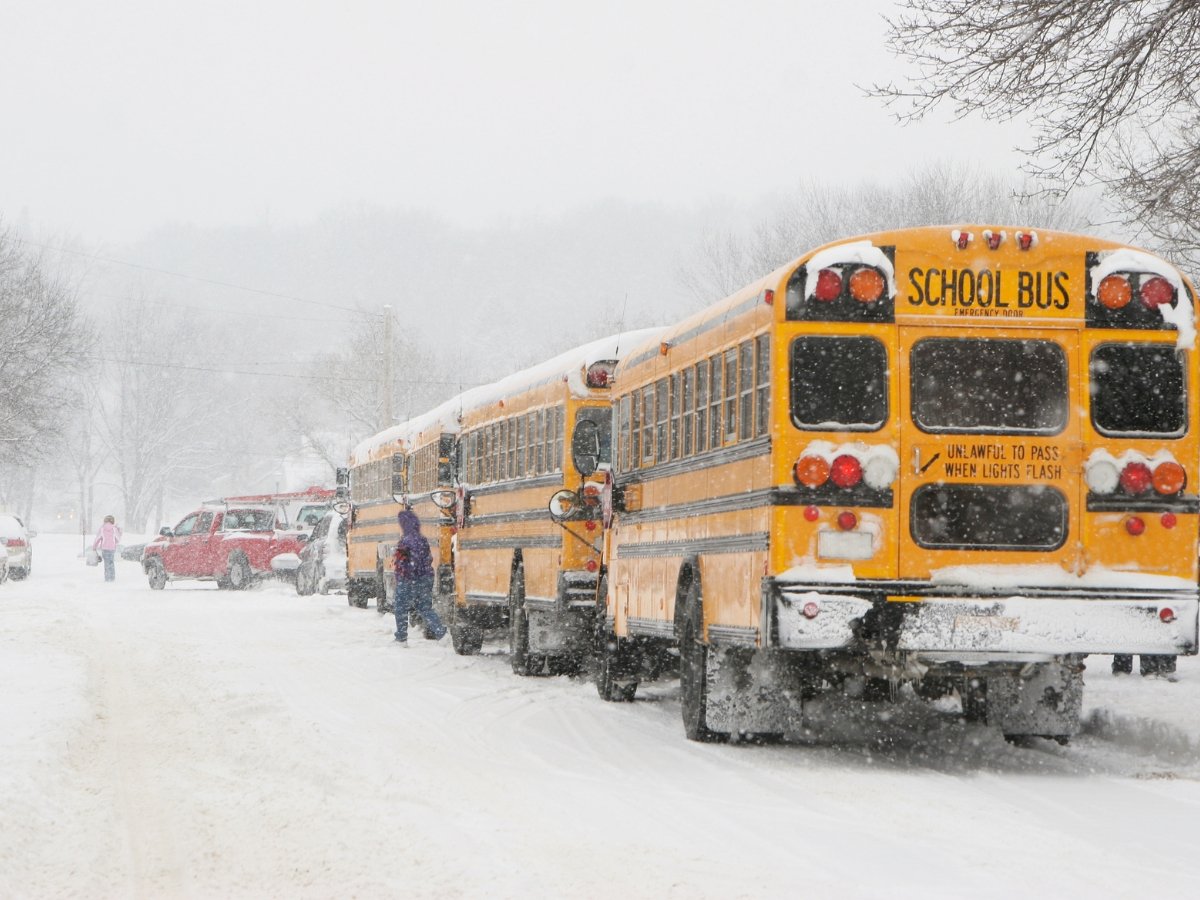The recent spate of school closures across the United States due to extreme cold weather has brought to light the intricate decision-making process behind such actions. This article looks into the different factors and considerations that school districts weigh before announcing closures, illuminated by recent instances and expert opinions.
How Cold Does It Have to Be to Cancel School? Deciding Factors
The decision to close schools is not solely based on temperature. Several factors come into play:
- Wind Chill and Temperature Thresholds: While there’s no universal standard, many districts consider closing when wind chills reach dangerously low levels, posing a risk of frostbite and hypothermia.
- Road Safety: Icy, treacherous roads can endanger students and staff commuting to school. Districts collaborate with local transportation departments to assess road conditions.
- Infrastructure Challenges: Heating system failures or burst pipes in school buildings can also necessitate closures.
Recent Wave of Closures: A Closer Look
The cold wave has led to a significant number of school closures:
- In the South, a rare and punishing cold snap resulted in closures affecting about a million children, as reported by The New York Times.
- Oregon and Southwest Washington faced school shutdowns due to an ice storm, causing hazardous road conditions.
- Southeast Louisiana saw closures due to the possibility of icy roads, as highlighted by WWLTV.
- In Central Alabama, schools announced closings and delays in response to a winter weather threat, as covered by WVTM 13 News.
Read: Denver Airport Crisis: Severe Weather Leads to Massive Flight Cancellations
Expert Insights: Balancing Safety and Education
Educators and meteorologists stress the importance of erring on the side of caution. The safety of students and staff is paramount, and decisions are often made with the latest weather forecasts and local conditions in mind. Schools are increasingly adopting remote learning models to ensure continuity of education during closures.
Parental Preparedness and Community Response
Parents are advised to stay updated through official communication channels and have contingency plans for childcare. Community organizations often step up to provide resources and support, such as emergency shelters and food services, for those affected by school closures.
Adapting to Climate Change: Future Preparedness
With extreme weather events becoming more common, schools are reevaluating their closure policies and infrastructure. Investments in robust heating systems, emergency preparedness training, and flexible learning options are becoming increasingly important.







